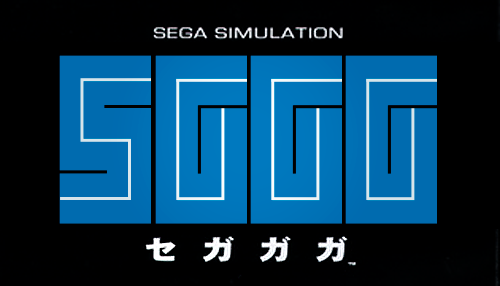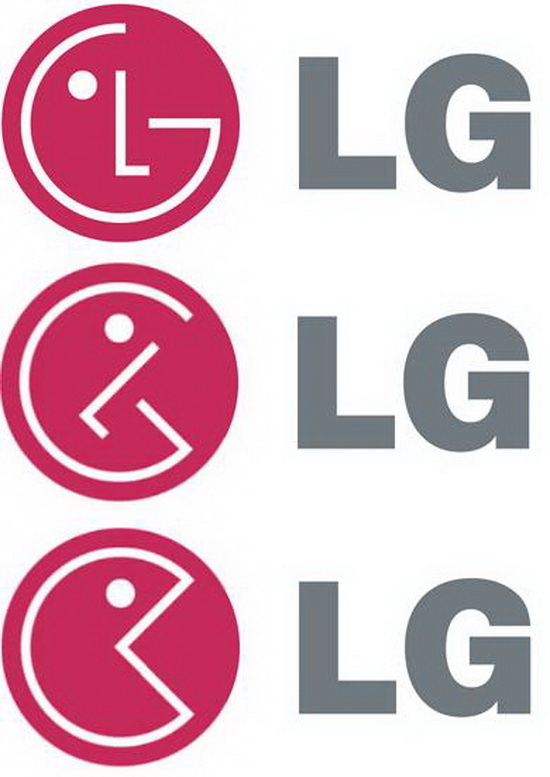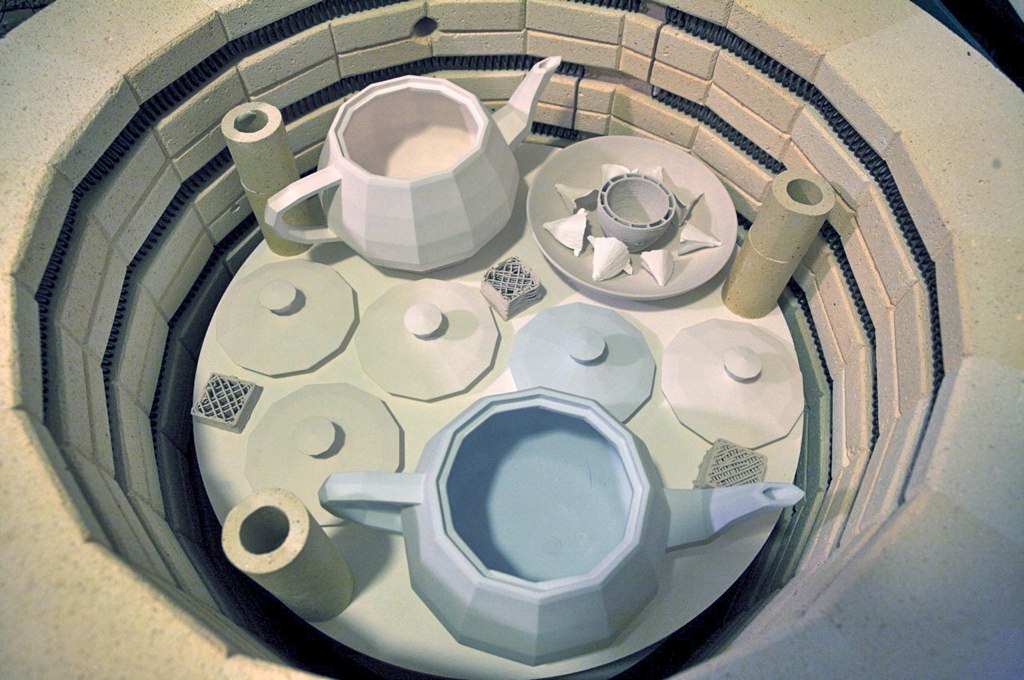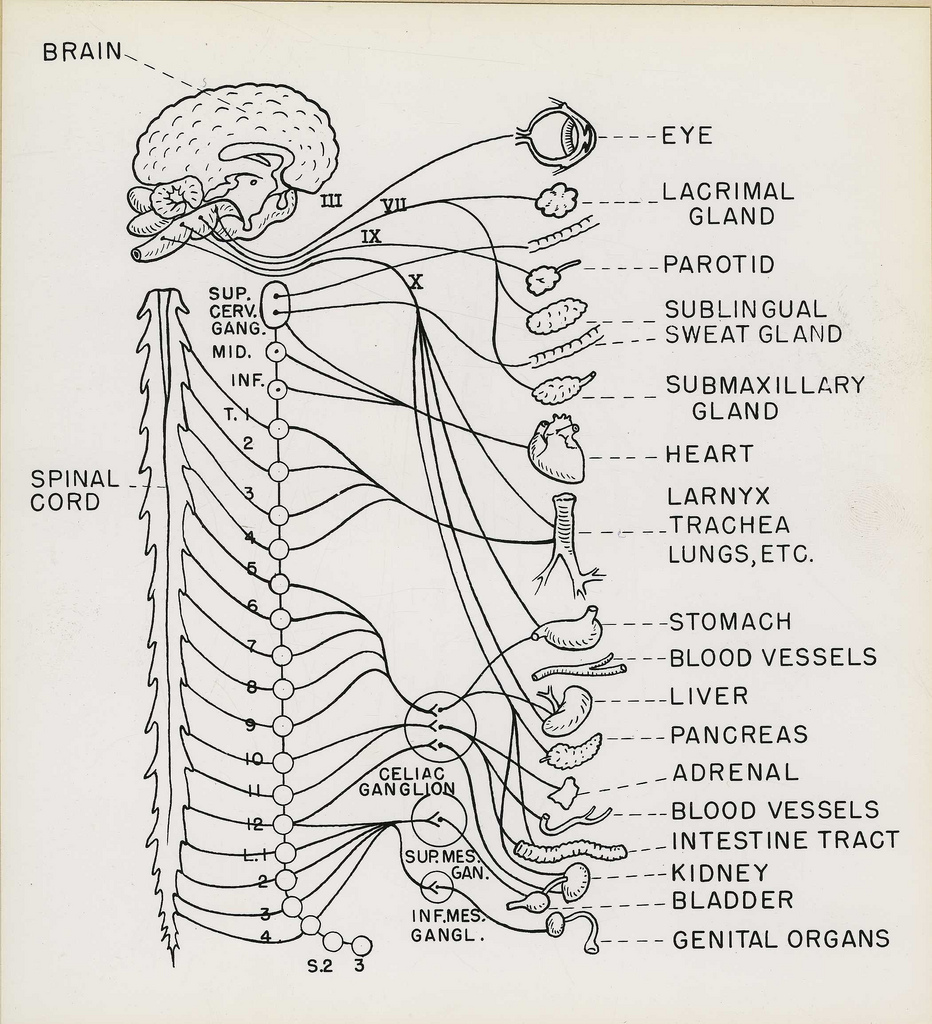I need to bring this theory up the next time I’m asked to create another link farm or overly-featured application. Neil Hunt, Chief Product Officer of Netflix, responds to a question on Quora about A/B testing and usability (in the comments):
“Simple trumps complete” – a 5% feature (used by less than 5% of all users) is a distraction for all the other users, and is better removed, unless its really critical (a small number of users do need to cancel service, for example).
I have this mental model of particles of attention that a user brings, a finite quantity that they will spread around according to what catches their attention. I call them “attentrons”. An extra tab or button will attract a bunch of attentrons that are not then available to focus on other areas. So the tab had better be *better* than the competing areas of the site to avoid diluting the results, or it’s better off removed.
(Via Jared Spool’s excellent User Interface Engineering blog)




